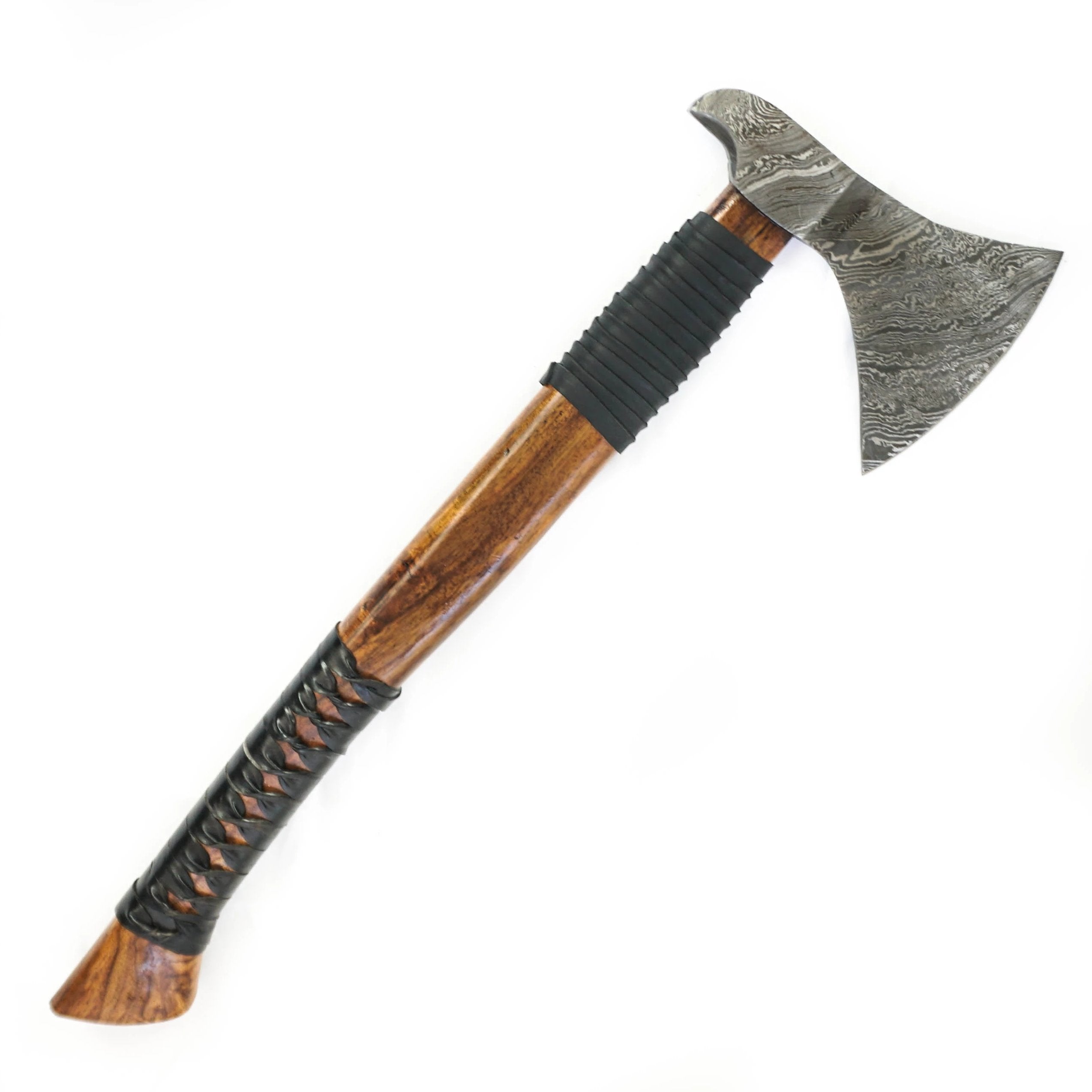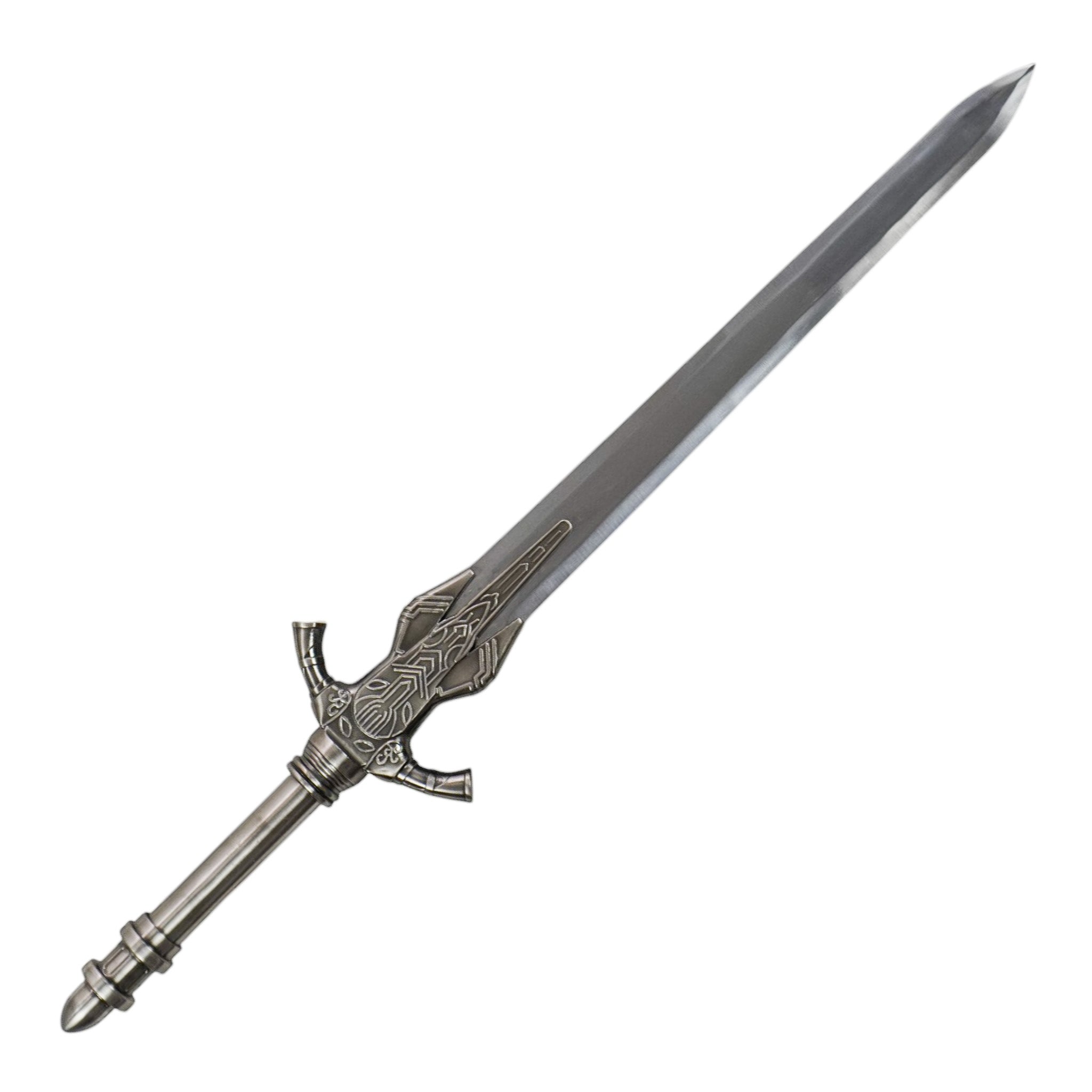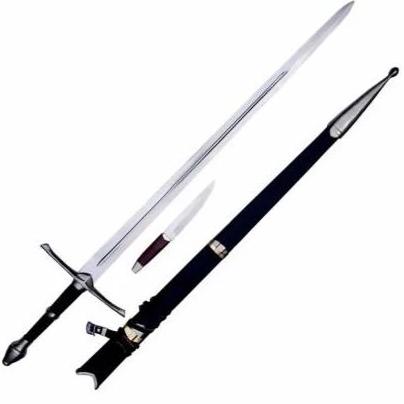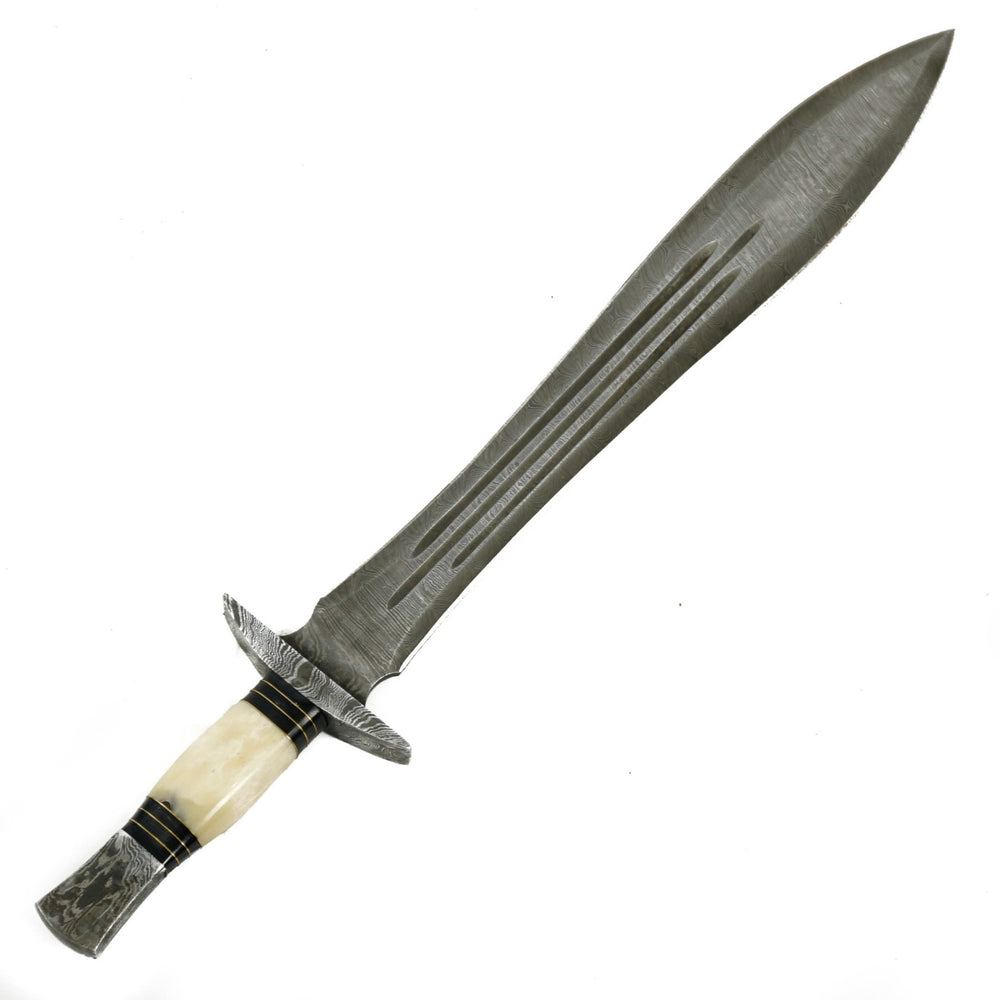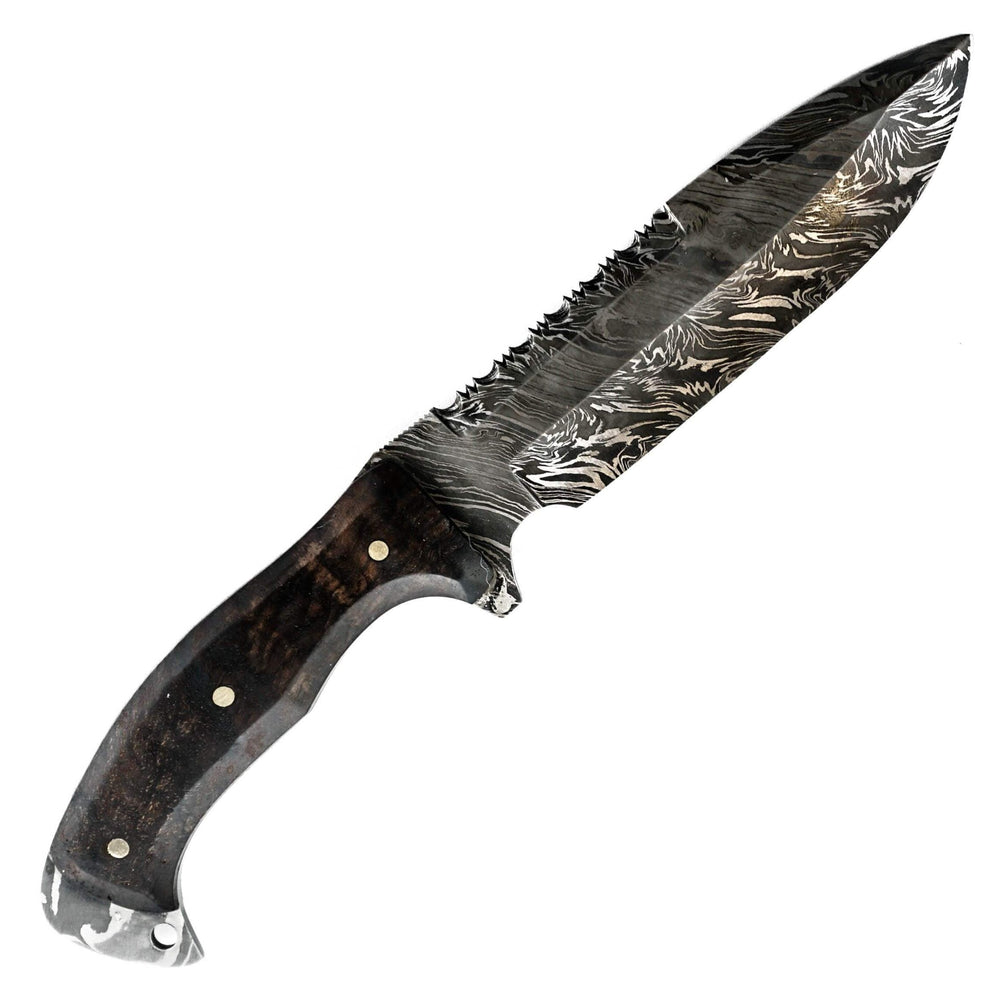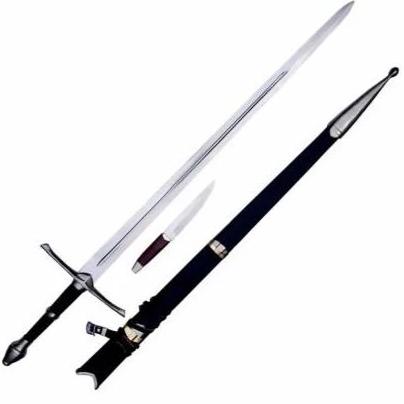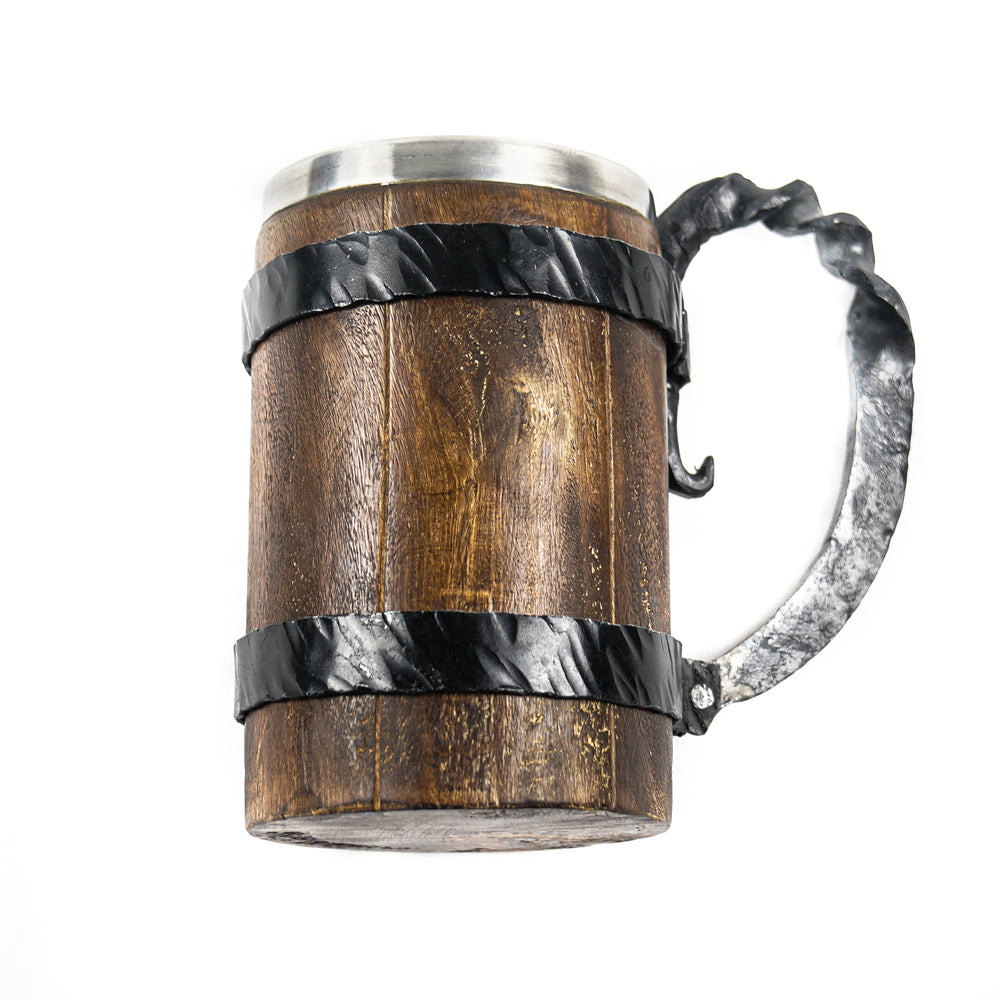From Practicality to Panache: The Evolution of Rapier Guards
The Rapier: A Dance of Steel and Artistry
The rapier, while a tool of war and defense, was also a reflection of the Renaissance era's spirit – an amalgamation of form, function, and flourish. Its slender blade was designed primarily for thrusting, but the evolution of its guard is where one truly sees the intertwining of combat requirements with aesthetic expression.
1. Simple Cross Guard:
The genesis of rapier guards began with the rudimentary cross guard, an extension of earlier medieval designs. A straightforward horizontal bar, it provided basic protection and was the foundation upon which more complex guards would be built.
2. Swept Hilt:
With advancements in metallurgy and craftsmanship, the swept hilt emerged as a labyrinth of protective rings, bars, and quillons. It was a direct response to the evolving fencing techniques that required more hand movement. The curvatures allowed the deflection of opposing blades, making it functional yet artistically appealing.
3. Cup Hilt:
The grandeur of the Renaissance was reflected in the ornate cup hilts. With a dish-like structure, it was a fortress for the hand against direct assaults. Often, these cups bore intricate designs or family crests, merging practicality with personalization.
4. Pappenheimer:
A versatile design that borrowed elements from its predecessors. Named after a famed general who popularized it, the Pappenheimer boasted twin plates flanking the hilt, which allowed for increased wrist movement without compromising protection.
5. Shell Guard:
The shell guard, reminiscent of the protective shells of marine creatures, was both aesthetically pleasing and functional. The large plates, often adorned with elaborate engravings, provided ample cover against cutting attacks.
6. Ring Guard:
A manifestation of adaptability in design, the ring guard sported rings, sometimes rotatable, that added an additional layer of protection. These were especially handy against more cunning adversaries who tried to manipulate the opponent's blade using their guard.
Rapier Guards: More Than Just Protection
While the primary goal of a guard was protection, during the Renaissance, it became a canvas for self-expression. Blacksmiths and craftsmen became sought-after artists, with nobles and warriors often commissioning personalized guards. They would be adorned with motifs, engravings, or even gems.
Moreover, the type of guard often indicated the owner's fencing style. For instance, a fencer prioritizing agility might opt for a lighter guard like the ring guard, while a more defensive fencer might lean towards the solid cup hilt.
Conclusion
The rapier swords, in their entirety, symbolize a period of human history when combat was not just about brute force but also finesse and flair. The guard, while a protective element, encapsulated the owner's style, status, and spirit. It stands as a testament to how functionality and artistry, even in weapons, can dance together in a harmonious ballet of steel and craftsmanship.
For enthusiasts and historians, the rapier is not merely a weapon but a narrative of evolution, a reflection of an era's soul captured in metal and design.

